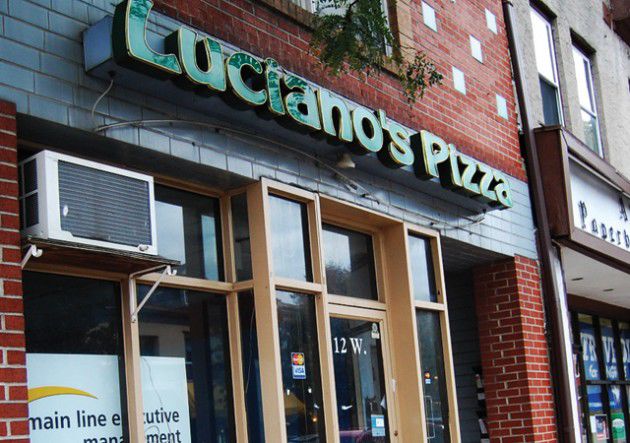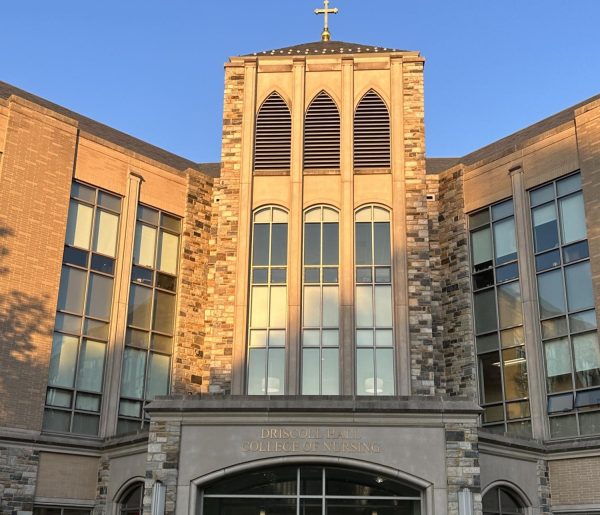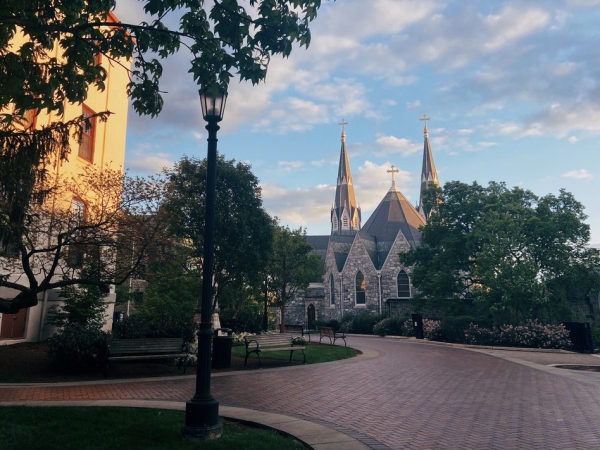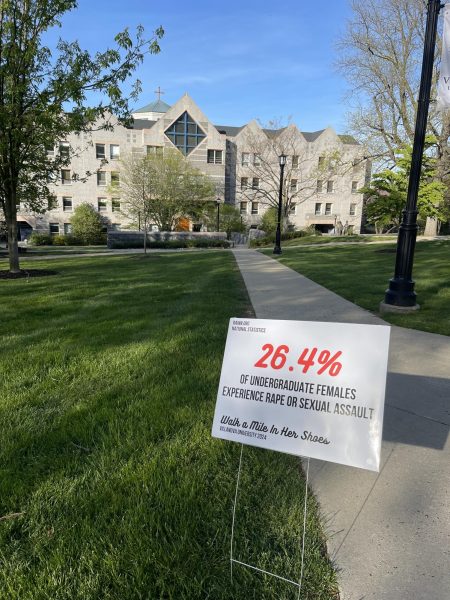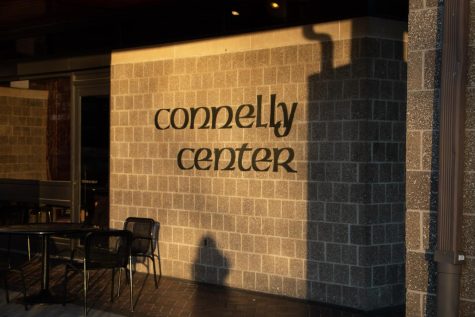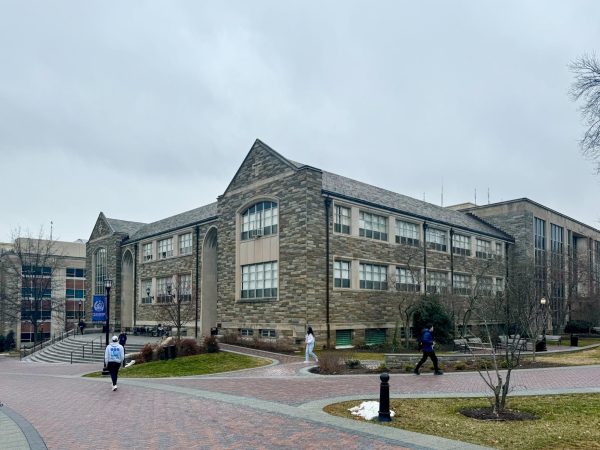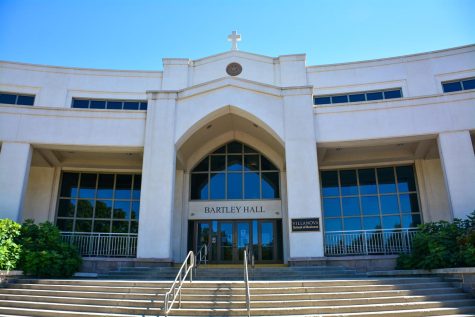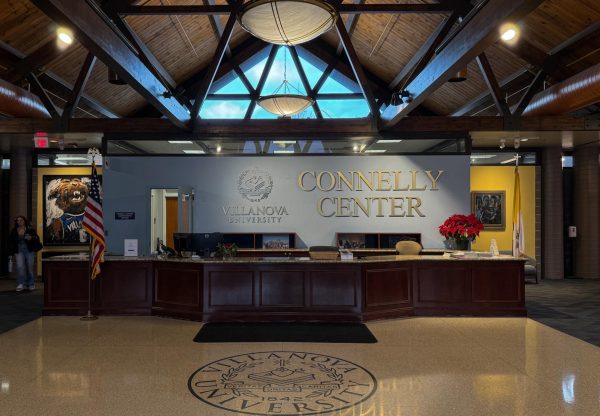Local vacant storefronts prompt interest in student spending habits
October 20, 2010
On the block of Lancaster Avenue between Anderson and Ardmore Avenues, six storefronts, including what used to be a pizza shop, an electronics retailer and a restaurant, now stand vacant.
About 20 properties in downtown Ardmore and 14 in Bryn Mawr are currently vacant, according to township officials. The recent economic recession and its effect on the retail landscape of downtown Ardmore and Bryn Mawr have some officials interested in where students from Villanova and the surrounding colleges spend their money.
“I don’t know that the college population does [help support Ardmore businesses],” said Christine Vilardo, executive director of the Ardmore Initiative, which is a quasi-governmental institution funded primarily by assessments paid by the owners of 202 commercial properties in the district.
Vacant properties in Ardmore stay vacant for upwards of six months, and some stay empty for close to one year, according to Vilardo.
“The economic environment that we’re in right now is one we haven’t seen in our lifetime,” Vilardo said.
Mike DePetris, a retail broker for Legend Properties, which matches retailers looking for space with properties for them to lease in the area, said it takes longer to find a tenant for vacant properties now.
“Landlords have been forced to reduce the rents in some cases,” DePetris said, adding that some rents are now up to 20 percent less than they used to be.
Still, the college population here remains an important draw for retailers — especially some chain restaurants — that are looking to expand, according to DePetris.
“The college population definitely helps certain restaurants [in Bryn Mawr],” said Heidi Tirjan, retail recruiter for Lower Merion Township. She works with retail brokers to educate them on what types of businesses the area needs, and she helps property owners learn what they can do to upgrade their space.
Tirjan expressed interest in hearing what kind of retailers would bring college students to local shops.
“People who were barely hanging on [before the recession] have gone out of business,” Tirjan said.
The picture is similar farther east down Lancaster Avenue in Ardmore, where about 10 percent of the businesses that fall in the Ardmore Initiative’s district are vacant.
“Nobody’s doing gangbusters in this economy in terms of retail,” Vilardo said. “Last year, we had a rash of closings.”
However, the situation in Ardmore appears worse than it really is, she said, because many of the vacant properties happen to be located right next to each other or clustered together on the same block, such as the one between Anderson and Ardmore Avenues.
“The picture on the street is a lot bleaker than the reality,” Vilardo said.
Since January, the rate of store closings in Ardmore is slowing, while the number of openings is increasing, including two new restaurants that are coming to the district, Vilardo said. The service industry, such as hair and nail salons, has remained stable in Ardmore, and of the 20 empty storefronts, about two to four are currently being worked out under contract and at least three others are intended for temporary uses, such as campaign offices.
Vilardo also said that she would like to know what kind of stores would bring college shoppers into downtown Ardmore, other than the activity that the area sees late at night from Thursday to Saturday outside the district’s bars.
“Our college population comes in at 11 p.m. and is gone by 2 a.m.,” said Jil Rappaport, an employee at the Ardmore Initiative.
Suburban Square, a popular shopping attraction for Villanova students, is not part of the Ardmore Initiative’s district, though its directors collaborate with the Initiative on special events and marketing.
Ardmore businesses and Suburban Square stores are completely different entities, according to Rappaport. The Ardmore Initiative represents Ardmore’s mom-and-pop shops and one-of-a-kind retail stores.
Sherry Tillman, property owner and store owner of Past Present Future in Ardmore, said that the college population doesn’t make up a majority of her customers but that it does account for a “steady flow.”
She attributed the college presence at her shop to the unusual things that she sells — homemade, one-of-a-kind items and some Fair Trade merchandise. Tillman contrasted the area with places like West Chester, Pa., which is considered a college town where the local commerce is mainly supported by the University students.
“Here, because there are a lot of colleges and a lot of towns, you don’t really see that same direct effect,” Tillman said. “I don’t know if it’s activity on campus that keeps people there, or if they go more into Philadelphia.”
The price of merchandise at the boutiques and small shops along Lancaster Avenue is one of the main reasons that deter Villanova students from frequenting them.
“I don’t shop on Lancaster Avenue, because it’s the Main Line, so I feel like the stores are going to be super expensive,” junior Sally Wentzel said. “I never really even thought to go.”
Senior Molly Kalan echoed those sentiments.
“All of the stores on Lancaster look too expensive, like stores I would not normally shop at,” Kalan said. “They are intimidating, so I don’t shop there.”
Improvements such as increased parking and better quality retail space are necessary to bring more shoppers to the area, according to both Vilardo and Tirjan.
Groundbreaking on a new 400-500 spot parking garage in Ardmore is planned for late 2011.
“We need to make it more cohesive in Bryn Mawr — improve walkways, for example,” said Peggy Aubusson, owner of Aubusson Home Fabrics in Bryn Mawr. “If they can make the town more attractive, like a destination place, then that would really help. We need to bring people to the city.”
Daina Amorosano and Lauren McCarthy contributed to this report.

